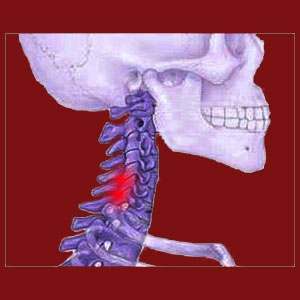
There are many surgical facet joint procedures that can help to relieve chronic and recurring pain. There are also some minimally invasive nonsurgical procedures that can also provide great pain reduction results for some patients and conditions.
What is the right type of procedure for your specific variety of facet joint pain? Will the procedure succeed or will you possibly suffer failed facet joint surgery? What are the benefits and drawbacks of specific types of facet joint targeting procedures?
This essay seeks to explain various surgical and minimally invasive nonsurgical options for facet syndrome and facet joint pathology. We will provide a complete analysis of all procedural options in order to assist patients in making better informed therapy decisions.
Surgical Facet Joint Procedures
When it comes to facet joint surgery, there are many options, each with different therapeutic objectives. Some procedures seek to address pain issues but nothing to resolve the underlying structural issues responsible, while other procedures seek to correct pathology and allow the body to heal to a pain-free organic state:
There are facet joint surgeries that address bone spurring in and around the affected joint. These minimally invasive techniques are ideal in cases where the exact cause of symptoms can be visualized and easily accessed for treatment. Using foraminotomy is also indicated for patients who are suffering a pinched nerve due to facet osteophytes reducing the patency of the neuroforamen.
Facet joint rhizotomy is one of the most common surgical treatments for facet syndrome and is basically a method of long-term or even permanent surgical pain management. Rhizotomy seeks to end pain by disabling nerves that are continuously signaling distress inside the affected joint.
Facet joint fusion will stop all motion in the affected painful joint, ending symptoms for some patients. Spinal fusion will go several steps beyond, ceasing all movement in the entire affected spinal level, often at great collateral cost in terms of side effects.
Nonsurgical Facet Joint Treatments
There are also invasive, but nonsurgical treatment options that can be used to treat facet joint pain:
Various injection therapies are certainly procedures, but do not involve incisions and extended recovery times. Common types of facet joint injections include nerve blocks, cortisone injections and prolotherapy injections. Efficacy of injection therapies ranges greatly from patient to patient, but risks are low when delivered by a qualified care provider.
Nonsurgical spinal decompression is a completely noninvasive procedure that actually consists of many sessions delivered over about 4 to 6 weeks time. As the only noninvasive option that actually has the potential to cure facet joint pain for good, this therapy is certainly worth consideration, despite not typically enjoying insurance coverage and involving considerable investments of time and effort on the patient’s part.
Facts about Facet Joint Procedures
Specific procedures used to treat facet joint pain are a break from the regimen of symptomatic care that is often used in preliminary treatment. Most patients will undergo long-term application of physical therapy, chiropractic, oral route drugs or other conservative care method before being referred for surgical evaluation. None of these conservative care options are likely to provide a cure, unless the condition has been misdiagnosed or in the rare event that a problematic osteophyte wears away organically or due to the influence of continual motion common to physical or exercise therapy.
Most facet joint procedures are relatively safe and effective, as long as the diagnosis is sound. When seemingly successful facet joint surgery fails to deliver a positive outcome as far as pain relief, it usually means that the condition has been misdiagnosed from the start. This is very common, since the structural changes associated with facet joint syndrome are often scapegoats and not pathological to any degree. However, this does not stop care providers from implicating these scapegoats as the source of pain and proceeding to operate without need or chance of success. Therefore, patients are warned to be wary of the high percentage of misdiagnosis affecting facet syndrome patients and always seek a second diagnostic opinion before considering any type of invasive procedure.
Facet Joint Pain > Facet Joint Treatment > Facet Joint Procedures





